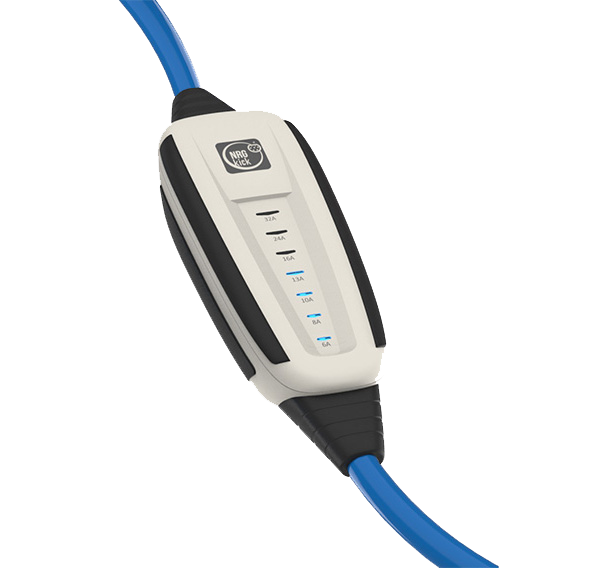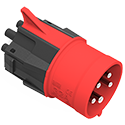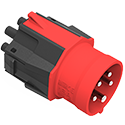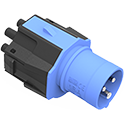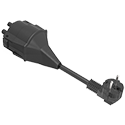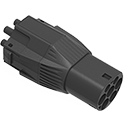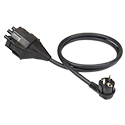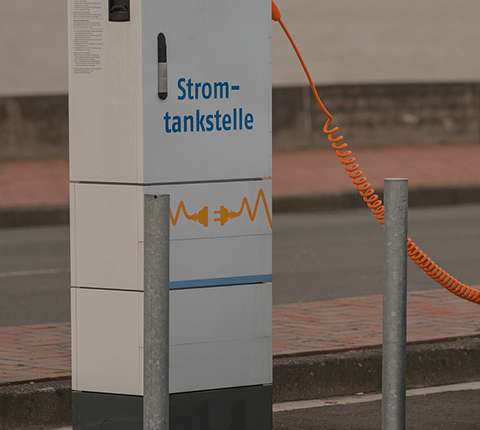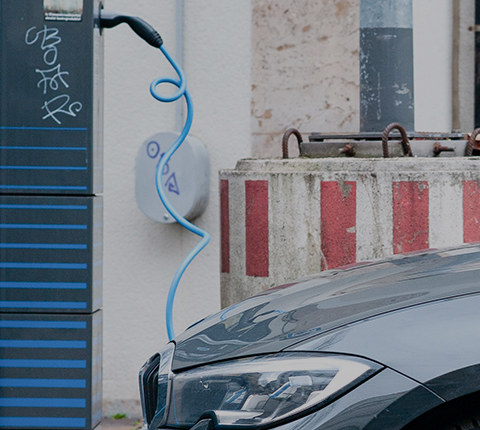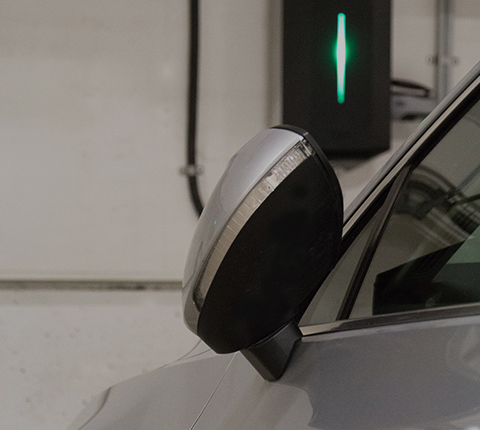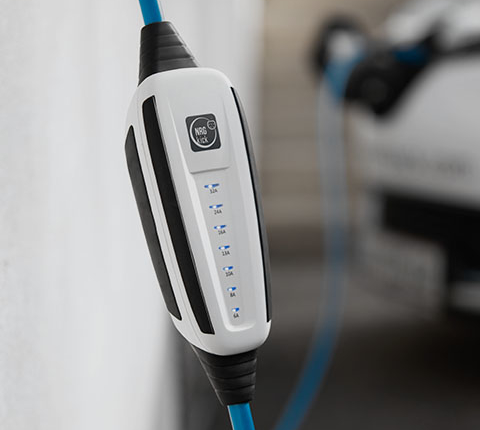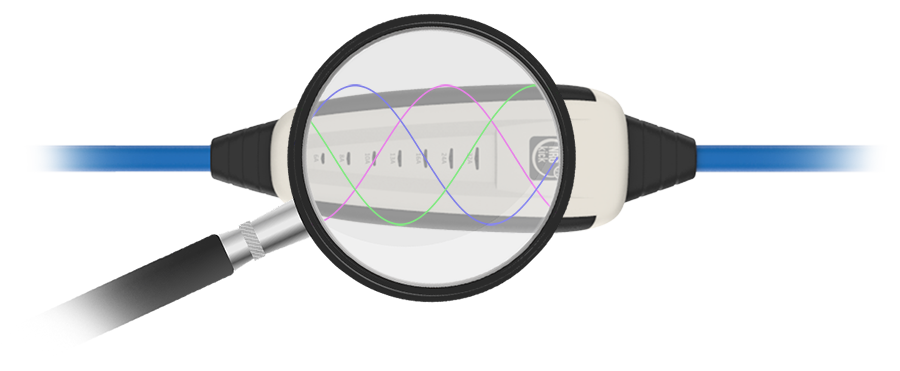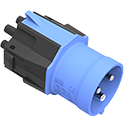WHAT ARE THE DIFFERENCES BETWEEN 1-/2-PHASE AND 3-PHASE CHARGING?
The alternating current that you use to charge your electric car at home consists of 3 phases over which current flows. Whether you can charge your electric car 1-, 2- or 3-phase depends on two factors: the socket used and the charger installed in your electric car (on-board charger).
For power plugs, a distinction is made between Schuko and CEE plugs. Schuko sockets can be found in every household and can draw a maximum of 16 A over one phase with the appropriate fuse protection. CEE plugs are available in several versions: up to a maximum of 16 or up to a maximum of 32 A, each 1- or 3-phase. Depending on the power plug used, the charging current can be passed to your car via 1 or 3 phases.
However, the on-board charger of your electric car ultimately determines the maximum number of phases and the maximum power that can be charged. With a 3-phase on-board charger, a 3-phase power connection can also be used for charging via 3 phases; with a 1-phase on-board charger, this limits the number of phases used and thus also the charging power.

